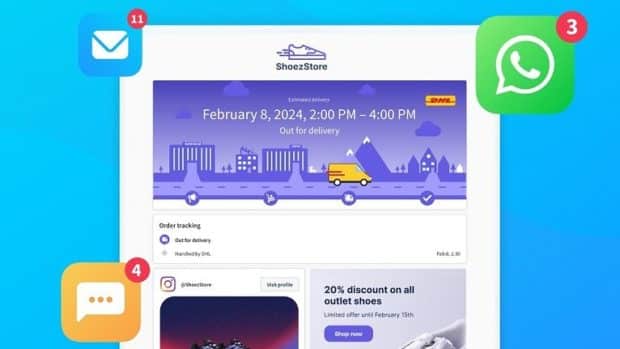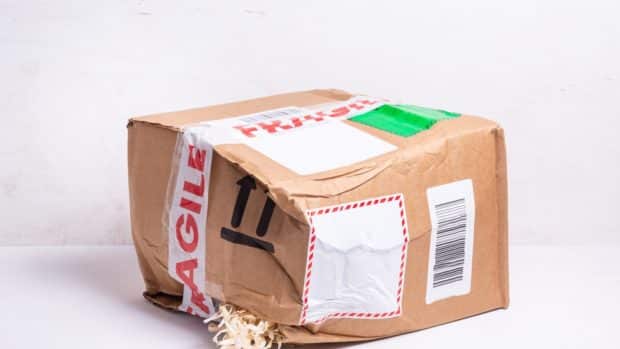New analysis has highlighted that SMEs and challenger brands looking to sell on Amazon may be shooting themselves in the foot by making the same business mistakes again and again.
The experts at Amazon specialist agency Melody have analysed hundreds of SMEs selling on the platform and identified the six most common things challenger brands do wrong:
- Underestimating how competitive Amazon is – a lot of smaller brands don’t realise how much work and investment they’ll need to put in, especially in high-competition categories. Amazon has been around now for long enough that there might be probably dozens – if not hundreds – of brands already in their space
- Looking for revenue over testing – It can often take a new seller anything from four to eight weeks to optimise Amazon campaigns. This time is best spent testing and learning, rather than optimising for immediate revenue.
- Not always on – Too many SMEs don’t set aside enough advertising budget for the full year, including allowance for seasonal or event sales peaks. Amazon is a 24/7/365 platform, so sellers need to follow suit
- Failing to build their brand outside Amazon – Many smaller brands end up relying on competitor and generic search terms within Amazon. Brands need to build their brand awareness elsewhere to make sure more customers search specifically for them
- Not differentiating from the competition, especially the market leader – If products seem the same on Amazon, customers will buy the cheapest. SMEs often get sucked into price wars, when they should instead be using their content and their product pages to highlight what makes them unique – but also not too niche
- Focusing on profits over revenue – Many brands have failed on Amazon because they focused on short-term profit rather than on building their presence and revenue and investing for the long term.
Chris Cooper, planning director at Melody, comments: “Amazon offers an incredible opportunity for SMEs to reach millions of consumers, without the investment and hassle involved in setting up a dedicated eCommerce website or high street store or finding space on supermarket shelves. However, that doesn’t mean you can just list your products and think ‘job done’.
“It’s an enormously complex ecosystem of brands, advertisers and retailers and has to be treated as such. Everything from the product imagery you use to the words on your page to the search terms and ads you buy will affect whether customers can find your products, let alone buy them. But when you do it right, Amazon can deliver astonishing results.”








Share